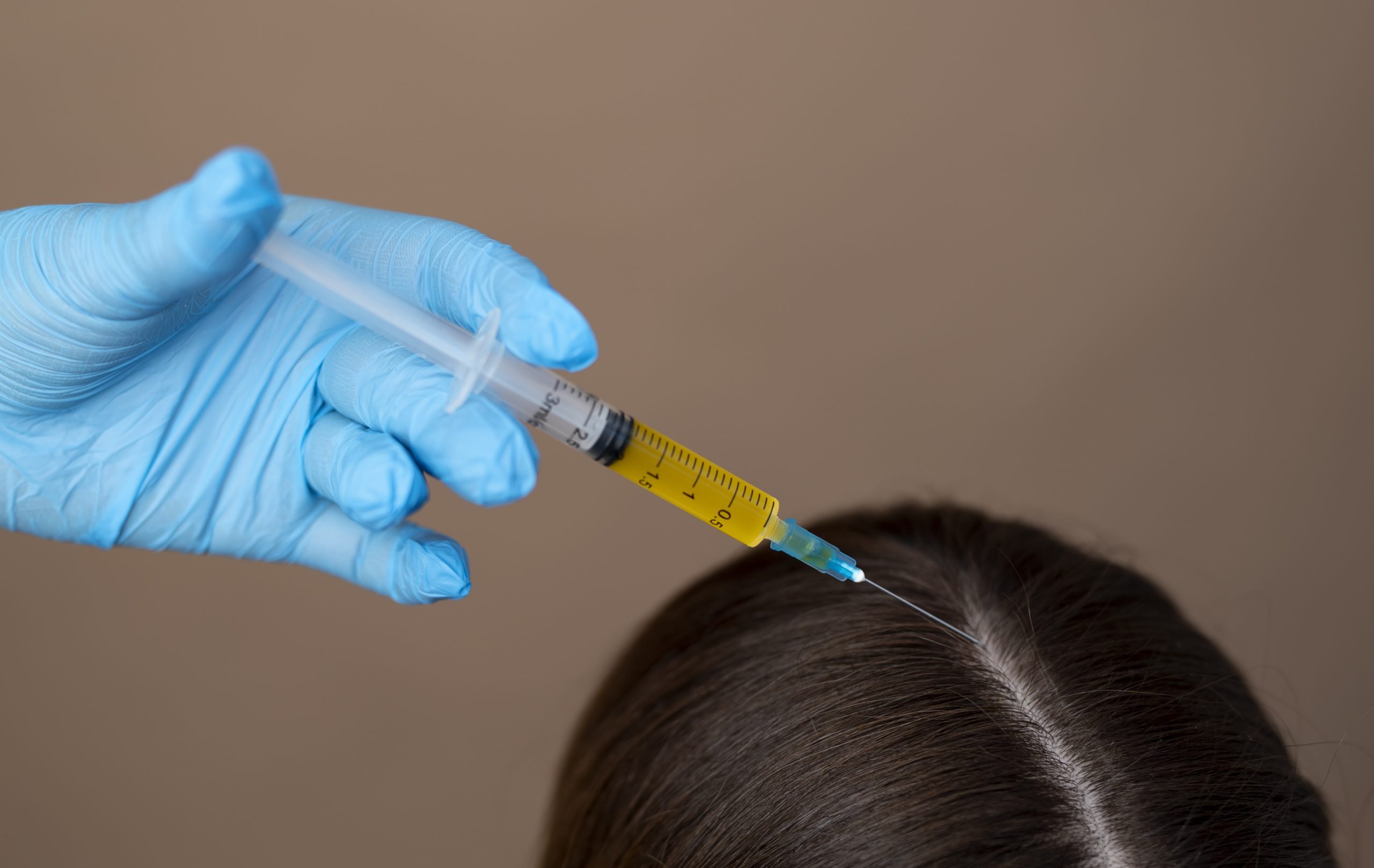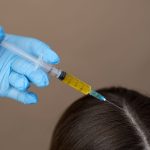Platelet-Rich Plasma (PRP) therapy is revolutionizing hair loss treatment. This non-surgical procedure utilizes the patient’s own blood to promote hair growth and is especially beneficial for those experiencing early stages of hair thinning or pattern baldness. This blog would dive into the science behind PRP, how it works, its benefits, and the procedure itself. It would also focus on patient experiences and the results that can be expected from PRP therapy.
- What is PRP and How Does it Work?
PRP therapy involves extracting a small amount of blood from the patient, which is then processed to concentrate the platelets. These platelets, rich in growth factors, are injected into areas of the scalp where hair loss is most noticeable. The growth factors help to stimulate the hair follicles, promoting hair growth. - Benefits of PRP for Hair Regrowth:
PRP can slow down hair loss, increase hair density, and improve the quality of existing hair. Since it uses the patient’s own blood, it has minimal risk of side effects. - What to Expect During a PRP Session:
The procedure is relatively simple, with blood drawn, processed, and injected into the scalp over a 30-minute session. The treatment is minimally invasive and doesn’t require significant downtime. - Results and Recovery Time:
Patients typically see improvements in hair thickness and regrowth after 3-6 months of consistent treatments. Results vary based on the severity of hair loss. - Who is an Ideal Candidate for PRP?
PRP works best for individuals with early to moderate hair loss and those with sufficient hair follicles to respond to treatment. - Conclusion:
PRP is an effective solution for those looking for a non-invasive, natural approach to hair restoration. Consult a dermatologist to see if you’re a good candidate.




A WordPress Commenter
Hi, this is a comment.
To get started with moderating, editing, and deleting comments, please visit the Comments screen in the dashboard.
Commenter avatars come from Gravatar.